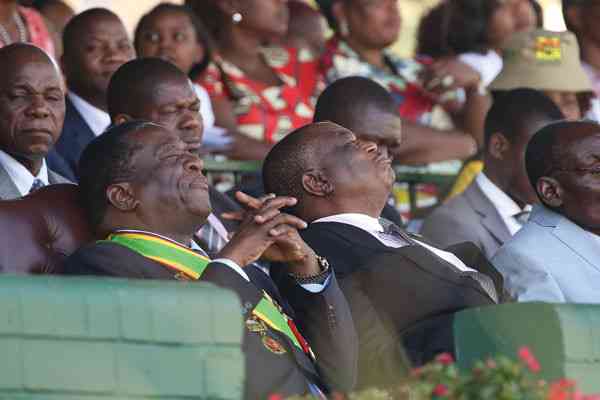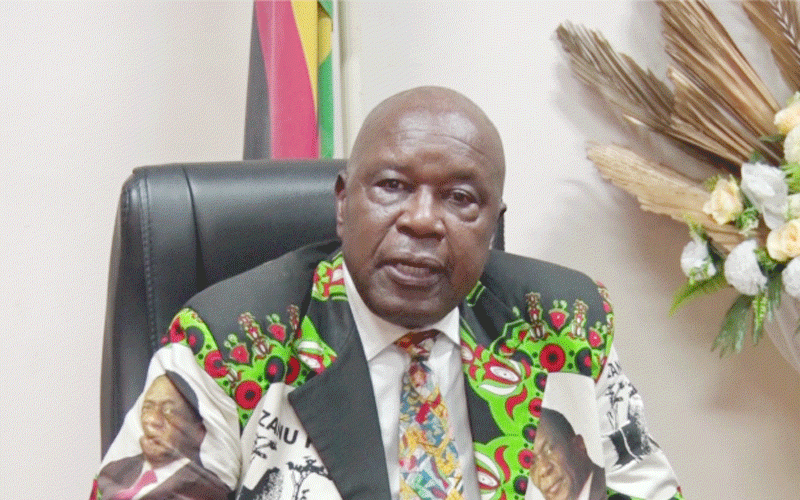ZIMBABWEAN banks have lost billions through prolonged write-downs since 2018 amid deepening concerns over local market fragility, results of a survey commissioned by the Zimbabwe Independent have shown.
The 2023 Zimbabwe Independent Banks & Banking Survey, presented last night at a glamorous award ceremony, tracked the ZW$27,3 trillion sector’s dynamics from 2018, exposing how shocks inflicted by tailwinds from the 2008 currency crash continue to haunt the financial system.
Stanbic Bank Zimbabwe was voted the country’s best lender in the survey, while Nedbank Zimbabwe managing director Sibongile Moyo was named the best banker.
A panel of distinguished financial analysts at Erccro Consulting Inc, which conducted the survey, said in the report total banking assets plummeted by 62% during the period.
The panel said loans and advances crashed by 56% during the period, while deposits also dropped 73%. However, non-performing loans improved.
“Overall total banking assets have eroded over the years,” the survey said, warning of depressed growth ahead. “(There has been) gradual asset erosion in real terms (of) 9,12%,” the Erccro report said, referring to the five-year period.
“Income quality remains unsatisfactory, financial intermediation remains depressed. Overall, we forecast marginal growth in banking sector performance in Q2 (second quarter) (as a result of) asset erosion/balance sheet depreciation, high cost of borrowing at 150%, reduced lending, shrinking total deposits, softening financial intermediation and reduced demand for credit.”
Banking sector total deposits dropped by 15,40% during the first half of this year, Erccro said, noting that total assets had also tumbled.
However, the sector reported growths in return-on-equity return-on-assets, net profit, core capital and the net capital base during the half-year to June 2023.
“Digital payments and digitalisation volumes have been bearish in Q2 2023. (There were) marginal growth in new users on all platforms … digitalisation penetration remains subdued,” the report, which is published in partnership with First Capital Bank, said.
The report gave insights into the shock divestments by two of the country’s biggest foreign banks — Barclays Bank Zimbabwe and Standard Chartered Bank during the period, and helped explain why domestic banks have dropped out of Africa’s Top Banks Rankings.
This year’s edition of Africa’s Top Banks awards, which was released by African Business a few weeks ago, showed Zimbabwean lenders also failed to make it to southern Africa’s top 20 banks by market capitalisation.
Domestic banks were among the most dominant players in southern Africa, with some making it to the continent’s top 50 about a decade ago.
In United States dollar terms, net profit in Zimbabwean banks has been rising, climbing 339% to US$790 million during the first half of 2023, compared to US$180 million five years ago, according to the survey.
But experts have said most of the assets came from valuations.
The Erccro report said banks profitability “remains robust” with satisfactory asset quality at 3,5% and efficient borrowing. However, it warned of endemic shocks.
It said banking institutions were profitable, with reported aggregate profits of ZW$4,55 trillion during the half year to June 30, 2023, from ZW$181,25 billion in the prior comparable period.
“The growth in the banking sector income largely emanated from non-interest income, which constituted 92,51% of total income (ZW$6,01 trillion) as at 30 June 2023,” the report stated. “The US dollar remains a dominant feature in the local economic space as the dollarisation trend continues.
“Currently, foreign currency denominated loans constitute circa 90% of total banking sector loans, while over 80% of local transactions are in US dollars. Promoting wider use of the local currency has been challenging as economic agents continue to favour the US dollar for transacting and value preservation.”
The report said while exchange rate stability had been achieved to an extent, and official inflation figures continued to trend downwards, confidence in the local currency remained low due to past experiences of volatility and value loss.
“Stability of the local currency remains fragile, hinged primarily on government’s ability to continue to control money supply, foster confidence and encourage use of the local currency,” the report further stated.
“A mix of measures to increase the supply of foreign currency, while simultaneously reducing demand for the US dollar and increasing demand for local currency should also alleviate pressure on the local currency.
“Banking sector performance remained satisfactory, as reflected by adequate capitalisation, strong asset quality, adequate liquidity and sustained profitability, among other key financial soundness metrics as at 30 June 2023.
“The banking sector was adequately capitalised and all banking institutions were in compliance with the prescribed tier 1 and minimum capital adequacy ratios of 8% and 12%, respectively. The average capital adequacy and tier 1 ratios were 40%, 48% and 35,35%, respectively.”
The 2023 Banks & Banking adjudication framework looked at nine distinct categories, six being historical information based and three were adjudicated through an online survey.
On the overall best performing bank and building society of the year, principal focus was on profitability, efficient and liquidity ratios, digitalisation, financial inclusion, and shareholder considerations.
The Zimbabwe dollar traded at US$1:ZW$5 739,79 at the end of June 2023 and US$1:ZW$370,96 at June 30, 2022.





